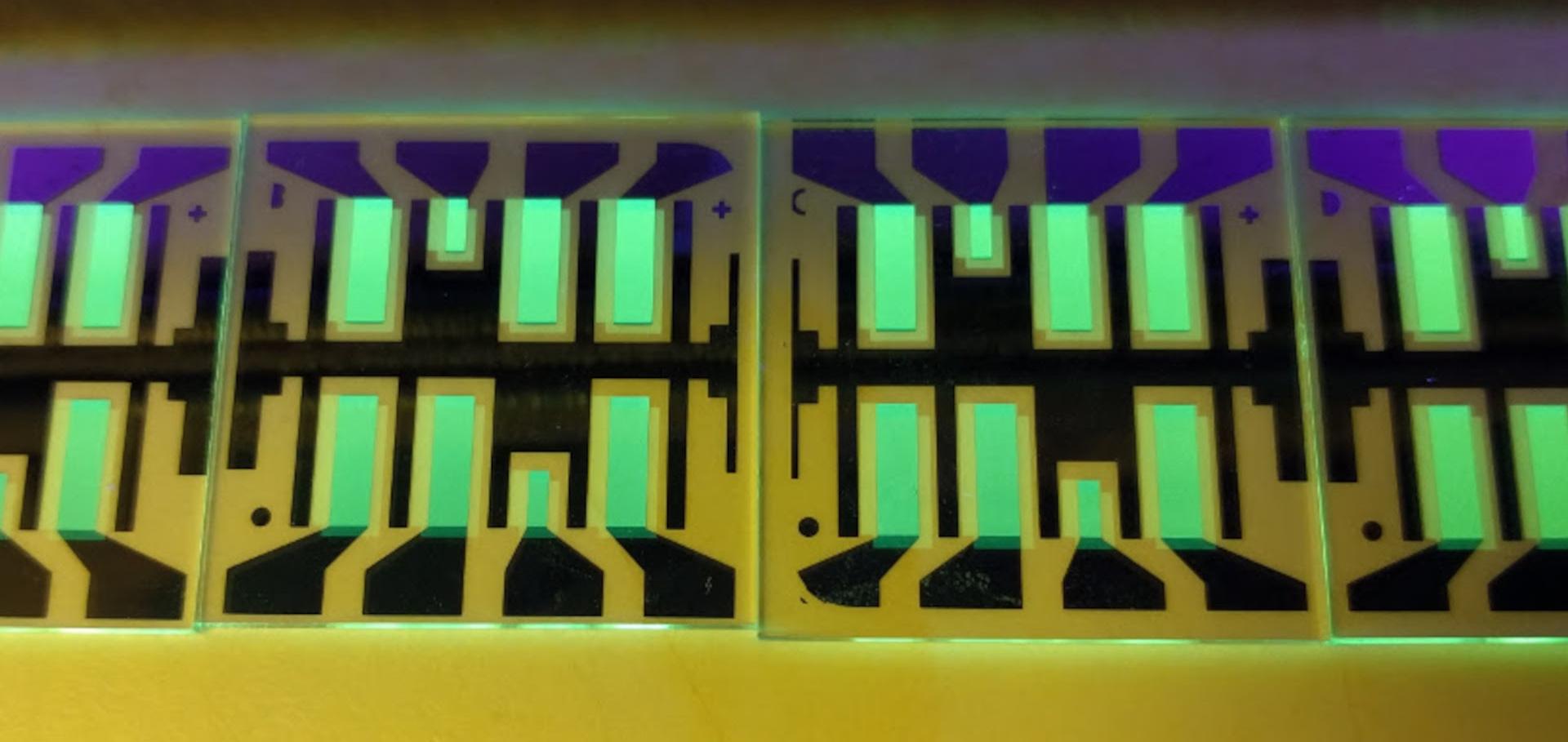Organic Electronics and Beyond (Advanced Optical Materials 14/2021)
Advanced Optical Materials Wiley 9:14 (2021)
Perspectives of Organic and Perovskite‐Based Spintronics (Advanced Optical Materials 14/2021)
Advanced Optical Materials Wiley 9:14 (2021)
Thermally Evaporated Donor Molecules for Low-Voltage Loss Organic Solar Cells
Fundacio Scito (2021)
Adduct-based p-doping of organic semiconductors
Nature Materials Nature Research 20 (2021) 1248-1254
Abstract:
Electronic doping of organic semiconductors is essential for their usage in highly efficient optoelectronic devices. Although molecular and metal complex-based dopants have already enabled significant progress of devices based on organic semiconductors, there remains a need for clean, efficient and low-cost dopants if a widespread transition towards larger-area organic electronic devices is to occur. Here we report dimethyl sulfoxide adducts as p-dopants that fulfil these conditions for a range of organic semiconductors. These adduct-based dopants are compatible with both solution and vapour-phase processing. We explore the doping mechanism and use the knowledge we gain to 'decouple' the dopants from the choice of counterion. We demonstrate that asymmetric p-doping is possible using solution processing routes, and demonstrate its use in metal halide perovskite solar cells, organic thin-film transistors and organic light-emitting diodes, which showcases the versatility of this doping approach.Studying the effect of high substrate temperature on the microstructure of vacuum evaporated TAPC: C60 organic solar thin films
Materials MDPI 14:7 (2021) 1733


